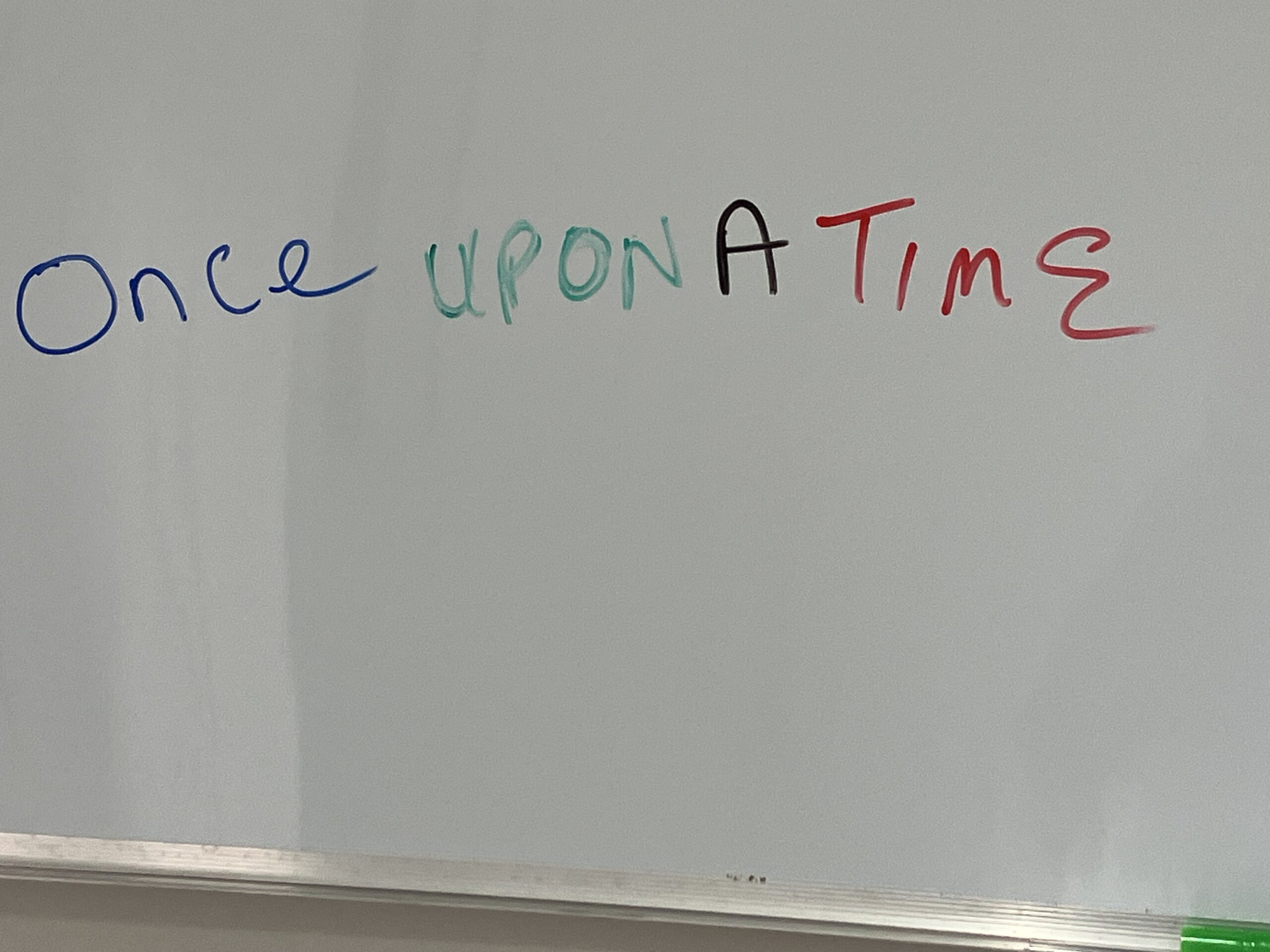Storytelling is a powerful tool for leaders. It helps simplify complex challenges, unite teams, and drive meaningful change. In this article, we’ll show how you can use storytelling to clarify strategy, build trust, and inspire action — turning ideas into impact when it matters most.
Why Storytelling Is a Leadership Superpower
In times of uncertainty, complexity, or change, leaders are often expected to provide clarity and direction. But facts alone rarely move people.
What does move people? Stories do!
Stories give meaning to data and give it specific context. Stories translate abstract strategy into something relatable and human. When used effectively, storytelling helps leaders unite people, build trust, and navigate complexity with confidence.
The Science Behind Storytelling in Leadership
Human beings are wired for narrative. Long before spreadsheets and PowerPoints, we learned through stories. The information super-highway which existed for centuries before the internet was invented came in the form of stories. We are all surrounded by stories, those that we read, those we repeat, those we experience and retell and those stories we make up. It is not just books, magazines, newspapers, websites, social media and mainstream media; stories are generated in pubs, cafes, restaurants, the school playground, on public transport, at work and at home. Stories spread. We have an innate need to hear and tell stories.
Neuroscience shows that stories:
- Activate multiple areas of the brain (emotion, empathy, memory)
- Increase information retention by up to 70%
- Help people make sense of uncertainty and change
In short: leaders who use stories don’t just inform, they transform!
How To Use Storytelling As A Leadership Tool: A Five Point Story Guide
1. Use Stories to Clarify Complex Strategy
When leaders communicate strategy through data alone, it can feel cold or confusing.
A story, however, gives the strategy a heartbeat.
It’s not just a plan anymore, it’s a purpose people can more easily connect with.
2. Use Stories to Build Trust and Credibility
Authentic storytelling helps leaders appear human and relatable.
When you share moments of challenge or vulnerability, not just success, people see your honesty and courage. In addition it enhances both your credibility and likability.
3. Use Stories to Drive Change and Overcome Resistance
Change creates uncertainty and uncertainty creates fear. Facts may explain what is changing, but stories explain why it matters.
When introducing transformation, tell stories that:
- Paint a vision of the future
- Connect emotionally with your team’s values
- Show real examples of people already succeeding with the change
People rarely resist change itself they resist the confusion that change can cause. Stories make the unknown feel possible.
4. Use Stories to Unite Diverse Teams
In modern organisations, teams often span departments, geographies, and cultures. Stories create common ground.
A well-chosen story can bridge backgrounds, clarify shared purpose, and turn individual contributors into one collective mission.
Leaders who tell inclusive stories, featuring diverse voices and experiences help everyone see themselves in the bigger picture.
5. Use Stories to Inspire Action
The most powerful stories don’t just inform or comfort, they move people to act.
When you close with a story of transformation or courage, you activate your audience’s imagination. They begin to see themselves as part of the solution. They will either consciously or subconsciously substitute you and other people you refer to in your story with themselves and people who they know. It becomes instantly relatable and impactful.
For leaders looking to strengthen their storytelling and presentation skills, Ashley Boroda’s public speaking courses in London offer practical coaching to help you inspire, engage, and move your teams with confidence.
The Story Line
Complex leadership challenges can’t always be solved with spreadsheets or strategy documents. They require human connection, shared meaning, and emotional clarity.
That’s what storytelling delivers.
When leaders use stories to simplify complexity, they create understanding.
When they use stories to share vision, they create alignment.
And when they use stories to inspire, they create action.
Because in leadership, the best way to lead through complexity — is to help people feel it, understand it, and believe in it.
Summary
Storytelling is one of the most powerful tools a leader can use to bring clarity to complexity, build trust, and inspire action. This article explores how leaders can use storytelling to make strategy relatable, drive change, unite diverse teams, and motivate people to act with purpose. Backed by neuroscience and practical examples, it shows that facts inform — but stories transform — by helping people feel, understand, and believe in a shared vision.
Great leadership starts with great communication. Learn more about Ashley Boroda and discover how his coaching can help you speak with confidence, connect with your audience, and lead with impact.




